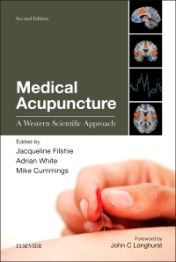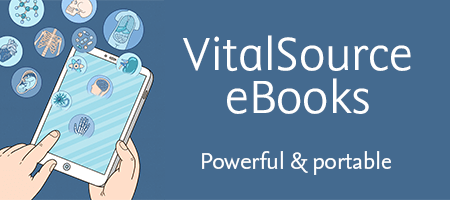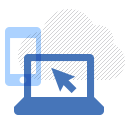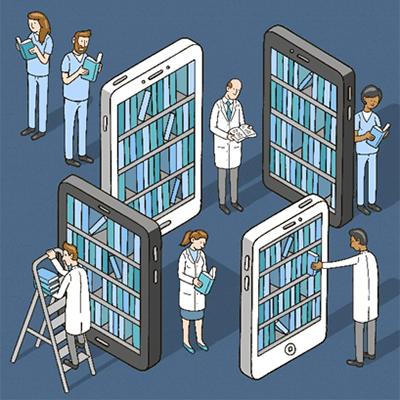Medical Acupuncture, 2nd Edition
Comprehensively revised and expanded with vital new content, the second edition of Medical Acupuncture continues to explore the realistic integration of acupuncture into conventional medicine. Advocating the Western medical acupuncture approach (WMA), this science-based compendium provides the trained practitioner with all the latest research on the effectiveness of WMA and its associated mechanisms, techniques, clinical practice and evidence.
Medical Acupuncture demonstrates a variety of needling techniques and clinical applications within the context of WMA and its evolution from traditional Chinese acupuncture using current knowledge of anatomy, physiology and pathology alongside the principles of evidence-based medicine.
Split into seven sections the book begins by establishing the roots of WMA in the Introduction and then progresses on to describe the mechanisms of action in Section 2, including peripheral components of stimulation and evidence from neuroimaging. Sections 3 and 4 cover clinical approaches (eg, superficial needling, electroacupuncture, safety of acupuncture) and techniques related to acupuncture (TENS, laser therapy). Section 5 takes a closer look at the difficulties faced by trials and reviews while Section 6 goes on to showcase 21 clinical uses of WMA, ranging from chronic pain, mental health, obstetrics and primary care to sports medicine, respiratory conditions and neurology. The final reference section contains dermatome/myotome maps, meridian/channel charts and standard international nomenclature.
Comprehensively revised and expanded with vital new content, the second edition of Medical Acupuncture continues to explore the realistic integration of acupuncture into conventional medicine. Advocating the Western medical acupuncture approach (WMA), this science-based compendium provides the trained practitioner with all the latest research on the effectiveness of WMA and its associated mechanisms, techniques, clinical practice and evidence.
Medical Acupuncture demonstrates a variety of needling techniques and clinical applications within the context of WMA and its evolution from traditional Chinese acupuncture using current knowledge of anatomy, physiology and pathology alongside the principles of evidence-based medicine.
Split into seven sections the book begins by establishing the roots of WMA in the Introduction and then progresses on to describe the mechanisms of action in Section 2, including peripheral components of stimulation and evidence from neuroimaging. Sections 3 and 4 cover clinical approaches (eg, superficial needling, electroacupuncture, safety of acupuncture) and techniques related to acupuncture (TENS, laser therapy). Section 5 takes a closer look at the difficulties faced by trials and reviews while Section 6 goes on to showcase 21 clinical uses of WMA, ranging from chronic pain, mental health, obstetrics and primary care to sports medicine, respiratory conditions and neurology. The final reference section contains dermatome/myotome maps, meridian/channel charts and standard international nomenclature.
New to this edition
- Content restructure and overhaul with contributions from over 40 world leading experts
- Individual chapters on the use of acupuncture for a wide range of medical conditions including gynaecology and infertility, cancer and palliative care, drug dependence, obesity, sports medicine, dentistry and veterinary practice
- Updated with the latest scientific evidence
- Expanded information on neuroanatomical and neurophysiological considerations in relation to the mechanisms of acupuncture
Key Features
- Comprehensive coverage of the scientific evidence and clinical application of acupuncture in medicine
- Balances the genuine benefits of acupuncture against unfounded claims
- Presents a wide range of treatable conditions from psychiatry and palliative care through to the pain clinic and veterinary medicine
- Clinical points boxes highlight key knowledge and learning
- Illustrated with over 130 drawings and photographs
Author Information












